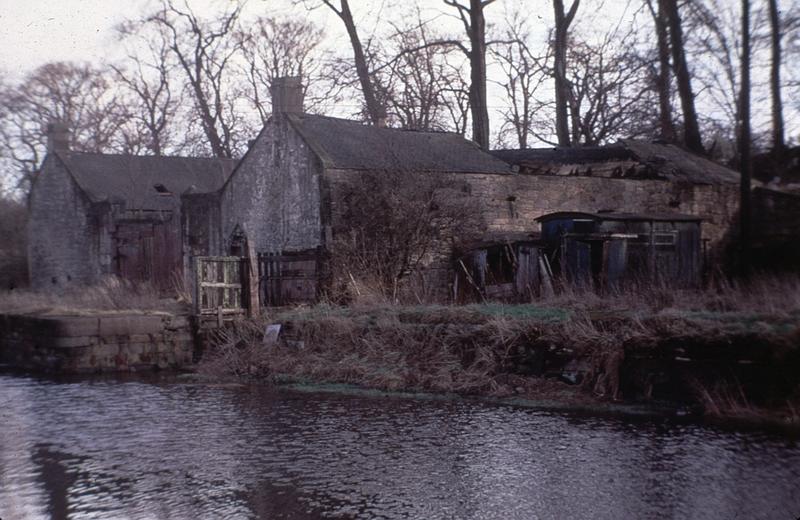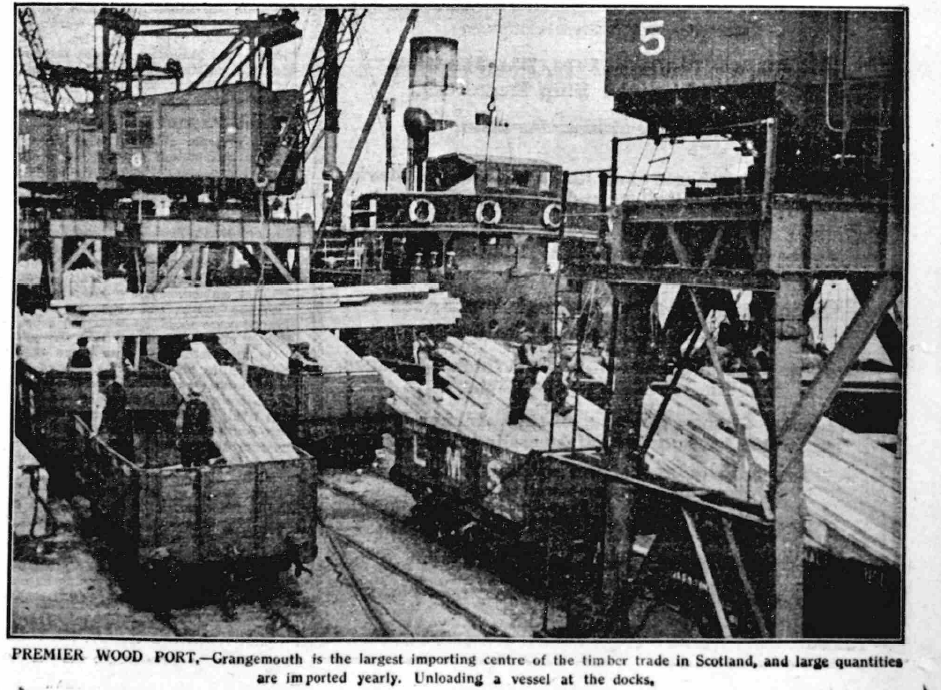You may have heard of William “Copperbottom” Forbes of Callendar House, but you might not know how his wealth was connected to the Caribbean, or the transatlantic slave trade. Find out more below…
Forbes
William "Copperbottom" Forbes (1756-1815) grew up in Aberdeen to a family of coppersmiths. The family business was established by his grandfather George Forbes. William and his older brother George ran this together from 1762 until 1775 when they went their separate ways. William set-up a profitable business in Bishopsgate in London, while George continued the Aberdeen branch and developed trade links with Sweden and Russia. The majority of William Forbes’s wealth came from lucrative government contracts to sheath the hulls of Naval ships, hence the nickname “Copperbottom.” Forbes also profited from the transatlantic slave trade through the manufacture of sugar boiling pans and rum stills for export to the Caribbean plantations. With the profits he made through the slave trade and Government contracts, Forbes purchased the forfeited lands of the Callendar Estate at auction in 1783. In a show of his vast wealth, Forbes produced a specially printed banknote worth £100,000 to complete his purchase, shocking fellow auction goers.
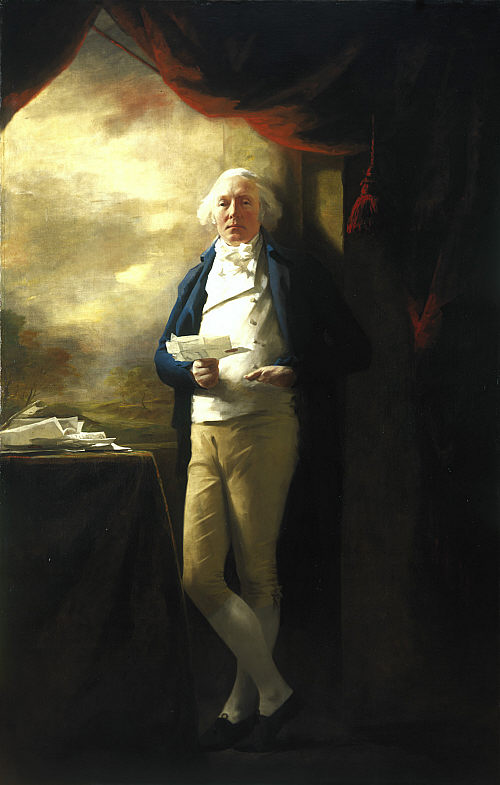

The Forbes Papers
The Falkirk Archives holds some of the correspondence and personal papers of William Forbes, which refer to his many personal and business connections in the Caribbean.* Within the archives, there is a draft letter from Forbes to plantation owner Joseph Foster Barham, concerning stills and other goods for his plantations in Jamaica (Falkirk Archives A727.25). The Jamaican Quit Rent books for 1754 list Joseph Foster Barham as the owner of a total of 6496 acres of land across two estates in Jamaica (UCL Legacies of British Slave-ownership). Barham owned the Island estate in the parish of St Elizabeth which he inherited from his father, Colonel John Foster, in 1731. He became the owner of the Mesopotamia estate in Westmoreland upon the death of his stepfather Dr Henry Barham in 1746. The main crop produced by enslaved people on his estates were for sugar and rum produce, which formed a combined annual value of £5,000, allowing Barham to be an absentee owner and oversee his Caribbean businesses from his home in Bedford (Falkirk Archives A727.25).
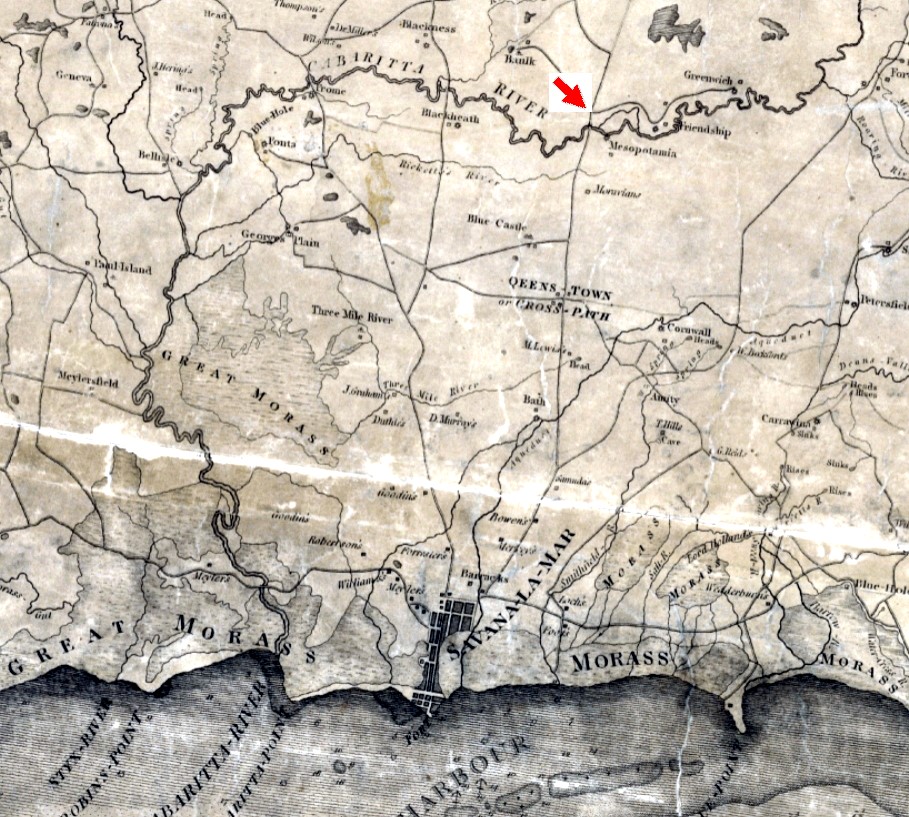

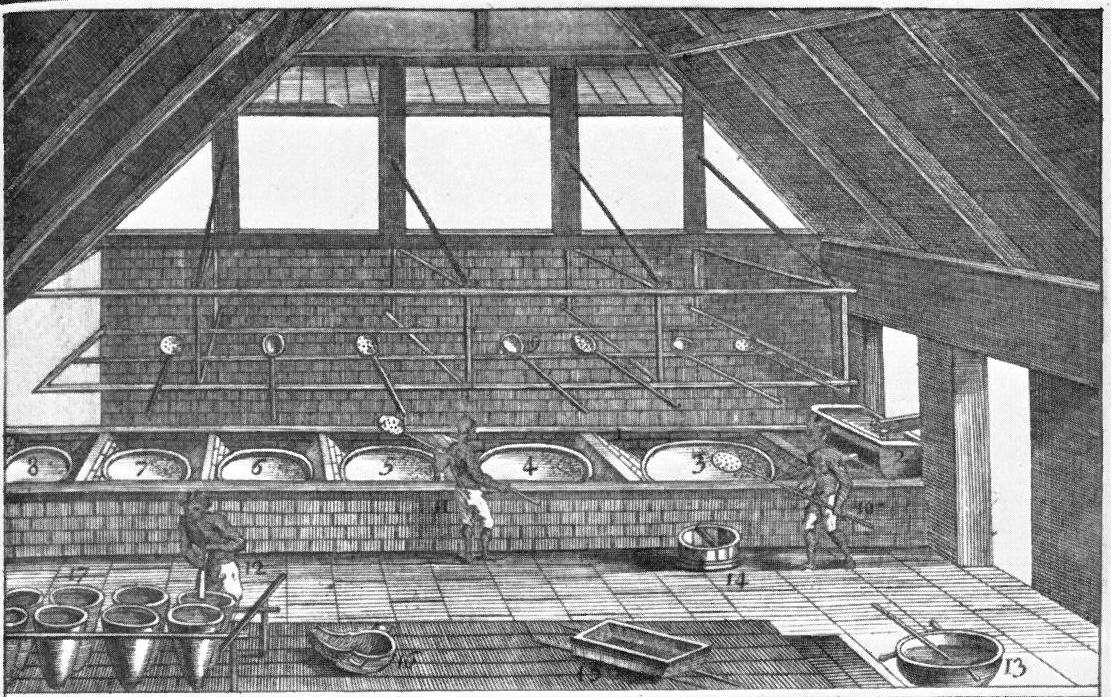

The Allardyce Family and Slavery
William Forbes had several personal connections to the slave trade through links with his family. One of the more notable connections was through his sister Janet Forbes’ marriage. Her brother-in-law was the merchant and slave trader Alexander Allardyce. In 1745, Allardyce left Scotland to seek his fortune in Jamaica eventually becoming “very rich” (Throne 1986 61) by investing in “cargoes of slaves imported to Jamaica” (Clan MacFarlane), where he was said to have “sold as many black men as there were white in his native city” (Throne 1986 61). Eventually, Allardyce became wealthy enough to own a plantation in the parish of St Ann's; the actual estate is yet to be traced. Like Forbes, Allardyce purchased forfeited lands in Dunnottar, outside Stonehaven, where he built a large mansion called Ury House, which has since been demolished. Evidence of Allardyce's Caribbean wealth can still be found today through the Dunnottar Woods which he originally planned and planted with his profits from slavery.
Forbes nephews carried on the family’s connections to the Caribbean and the slave trade. Janet Forbes’, son James Allardyce, travelled to Jamaica in 1802 to become an estate manager on a sugar plantation. The Falkirk Archive holds letters sent from young James to Forbes concerning his journey from Glasgow to Jamaica (Falkirk Archive A727.763) and about life on a plantation (Falkirk Archives A727.844). James died aged just 23 in 1809 in Jamaica. Another nephew of Forbes, William Forbes Junior, joined a “trading venture” (North East Story and Unknown The Scots Magazine 1809) at Gorée Island in Senegal. For four centuries Gorée Island was the largest centre for trading enslaved people in Africa.
Through the vast wealth William “Copperbottom” Forbes amassed during his time as an industrialist he was able to retire in his thirties in 1794. During his retirement, Forbes continued to acquire land.
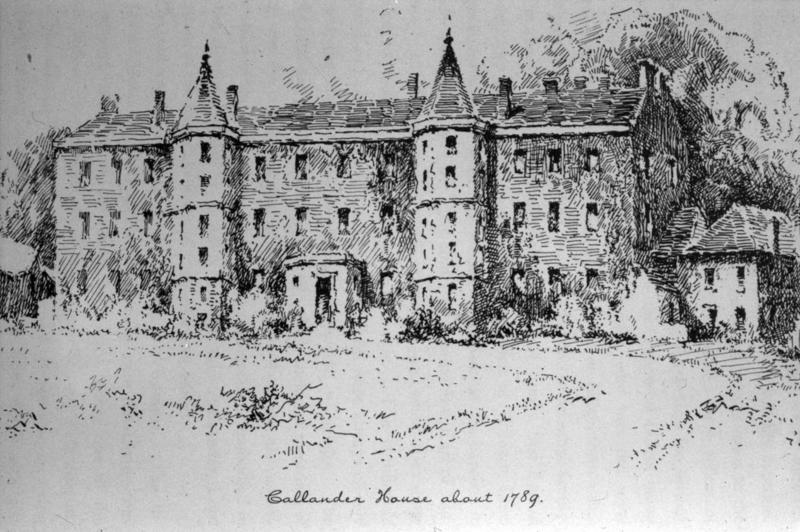

*Due to the Coronavirus Pandemic I was unable to view these papers in the Falkirk Archives; therefore, I have relied upon the descriptions of these papers in the Finding aids.
By Lorna Keddie, Great Place volunteer, Hidden Heritage: Industry and Empire project 2020.
